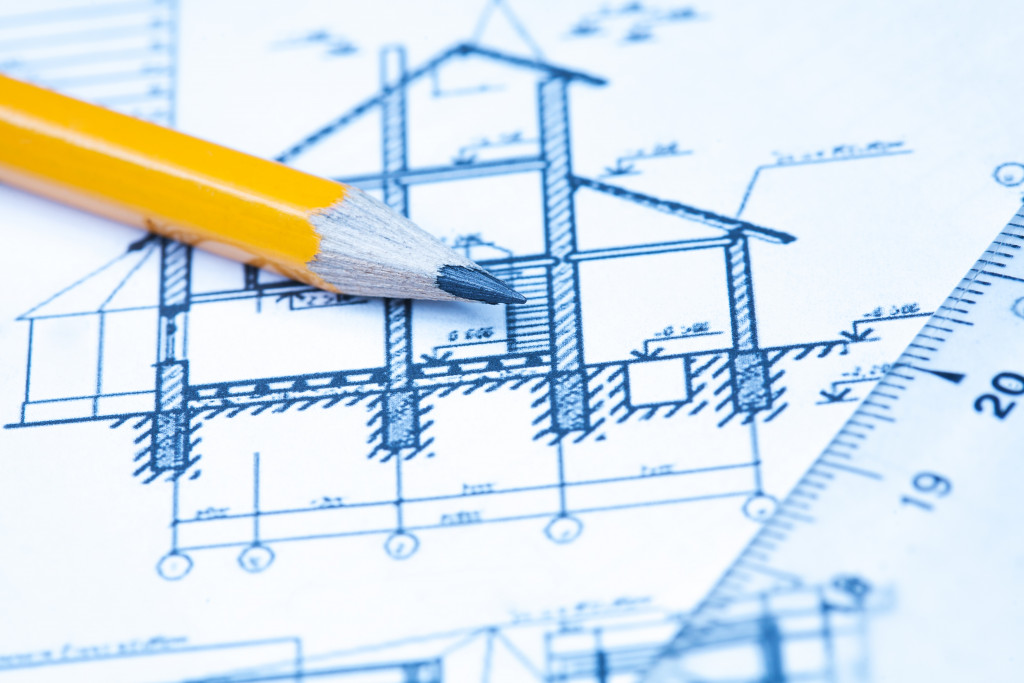- Identify out-of-school youth’s learning needs through expert consultation, community interaction, and thorough research.
- Engage with school development consultants for advice on effective space use, design, and resource allocation.
- Obtain necessary permits, including building, zoning, and fire safety permits, to ensure construction legality and safety.
- The construction of learning facilities positively impacts out-of-school youths, improving societal growth and development.
The world has come to the realization that education is essential to the development of individuals, societies, and countries as a whole. However, despite the progress made so far, there is still a significant number of out-of-school youth around the world. Such individuals are exposed to a myriad of problems, including poverty and violence, among others. With this in mind, there is a need to design and construct learning facilities that cater to the needs of out-of-school youth. This article will discuss how to build learning facilities for out-of-school youth from scratch.
Determine the Learning Needs of Out-Of-School Youth
Before embarking on the construction of a learning facility for out-of-school youth, you need to determine the learning needs of the target group. This will help you design a facility that caters to the specific needs of the students. For instance, you can conduct surveys or focus groups to understand the subjects of interest to them and the resources they require to grasp the concepts. Here are other ways to identify the learning needs of out-of-school youth:
Consult With Experts in the Field of Education
Consulting with experts in the field of education is a critical step in determining the learning needs of out-of-school youth. These professionals, which include teachers, school administrators, and education consultants, possess a wealth of knowledge and experience that can guide the design process of the learning facility. They can provide insight into effective teaching strategies, learning materials, and equipment necessary for an engaging and conducive learning environment.
Talk To Local Community Leaders and Organizations
Engaging with local community leaders and organizations is a vital step in understanding the needs of out-of-school youth. These stakeholders often have a deep understanding of the community and the challenges faced by local youth. By involving them in the planning process, you ensure the learning facility addresses the specific issues in the community, such as employment skills, literacy development, or vocational training.
Conduct Research on Specific Challenges
To fully grasp the challenges and circumstances of out-of-school youth, conducting comprehensive research is an essential step. This could involve gathering data on the factors causing these youth to be out of school, such as socio-economic circumstances, health issues, or other personal constraints. Your research could also look into their learning abilities and past educational experiences to better inform the design and resources of the new learning facility.

Partner With School Development Consultants
Partnering with seasoned school development consultants is an invaluable asset when embarking on this journey to create a learning facility. With their extensive experience in designing educational environments, these knowledgeable professionals can provide crucial insights into best practices for effective space utilization, building design, and resource allocation.
They can guide you through each step of the project, from initial planning stages to final implementation, ensuring that the facility meets the unique learning needs of out-of-school youth.
Their expertise can help shape the learning center into a safe, engaging, and inclusive space that promotes educational success for all its students.

Acquire the Necessary Permits
Acquiring the necessary permits is a crucial phase in the construction of a learning facility. This process ensures that the construction is in line with local regulations and codes, guaranteeing the safety and legality of the building. Reach out to relevant local government bodies to understand the requirements for construction permits. Bear in mind that the process may take time and necessitate various documents like these:
Building Permits
Building permits are an integral part of establishing any educational facility, including those intended for out-of-school youth. They are legal documents that confirm your construction project complies with local building codes and regulations, ensuring the safety and well-being of future occupants. The process of obtaining these permits often includes submitting architectural plans, undergoing site inspections, and paying necessary fees.
Zoning Permits
Zoning permits are key to ensuring that your learning facility is in compliance with local land use regulations. These regulations dictate how a piece of land can be used, whether for residential, commercial, or institutional purposes, like a school. Securing a zoning permit affirms that the location of your proposed learning facility is appropriate and permitted by local laws.
Fire and Safety Permits
Fire and safety permits are crucial to ensure the safety of the students and staff within the learning facility. These permits indicate that your building design adheres to fire safety regulations and standards, providing a safe environment that minimizes the risk of fire-related incidents. This process may involve submitting detailed fire safety plans, installing necessary fire prevention equipment, and passing inspections from local fire departments.
Building a learning facility for out-of-school youth plays a crucial role in the development of individuals and societies. To construct such a facility, you need to determine the learning needs of the target group, design the facility, establish a budget, acquire necessary permits, and hire skilled labor. By following these steps, you’ll be able to build a learning facility that caters to the specific needs of out-of-school youth while adhering to the required safety and health standards.






